Ho Van Phuc (born in 1988) is the Head of A Dang village, Hong Thai commune. In 2018, he started raising two pilot fish cages after learning from an acquaintance. To date, he owns 12 fish cages. Of which, perch accounts for the most - 7,000 fish, more than 1,200 grass carp; in addition, there are snakehead fish, tilapia, catfish, etc.
Visiting the "premises" of village chief A Dang in the A Sap hydroelectric reservoir, I could not help but be surprised by his rather methodical investment. Going back to the memories of when he first started farming fish in cages, he said: "At that time, I did not have much capital and skills, so I raised fish experimentally, monitored the habits and food of the fish and recorded everything. After selling the first batch of fish, all the money was invested back into buying iron and making solid cages to increase the number of fish raised. With a long-term business plan, I invested nearly 13 million VND in each cage, so after 5 years, there has been no damage."
In addition to auxiliary industrial feed, he uses small fish from rivers and streams and grass as the main food. Looking at the 12 sturdy fish cages in the middle of the lake, everyone is amazed, but few people know that to find a source of animal feed, Mr. Phuc has to spend a lot of effort. In addition to cutting natural grass himself, the owner of the 12 fish cages also plants more than 1 hectare of grass for food. One planting can be exploited for 4-5 years.
Currently, all the cages of grass carp weighing 1.5-3kg have been booked. In addition, there is another cage with 600 smaller grass carp. Grass carp here are sold at high prices, with the most stable purchasing power because according to local wedding customs, the bride's family must invite the groom's family to eat fish - chicken - sticky rice when hosting a party. If all goes well, this Tet, the cages of grass carp will bring in an income of about 50 million VND. Because usually every year, during Tet and wedding season, Mr. Phuc almost has no grass carp of large weight to sell.
Mr. Phuc's mass fish harvest falls mainly during the Tet holiday. On schedule, traders and customers come to buy fish in droves. Currently, he and his wife sell tilapia on Facebook or according to customers' needs and deliver to their doorsteps. With 2 catfish cages, every 3 months, his family harvests and raises a new batch to avoid risks and quickly turn over capital. With prices ranging from 50,000 - 90,000 VND/kg depending on the type of fish, he accepts orders from A Roang, Huong Lam, A Ngo communes, towns... Just call to get a quote, agree and customers can come to the lake to catch fish, no longer dependent on and being forced to pay higher prices by traders.
Since 2018, thanks to cage fish farming, Mr. Phuc has purchased means of transportation and household items for his family. On average, each year, the profit from cage fish farming is about 150-200 million VND after deducting all expenses.
Currently, in the A Sap hydroelectric reservoir area, there are several households participating in fish farming based on Mr. Phuc's experience sharing. To have a successful model like today, Mr. Phuc works continuously, monitoring the quality of water sources and the development of fish. As a village chief, he has to take care of "village and national affairs" first, so he has to balance his time for fish farming. Especially during the rainy season, he has to predict the water level and have a plan to move the cages to a safe area for protection. "Previously, I raised cows, but after recalculating, raising fish is suitable for the conditions, time, and makes use of the water surface area. In addition to these 12 lakes, next year with a good income, I will make a few more cages of loach and snakehead fish, which are high-value fish on the market," the fish-loving village chief confided about his future plans.
According to the leader of Hong Thai commune, Mr. Phuc is one of the few people who have persevered and succeeded with the cage fish farming model in the A Sap hydroelectric reservoir. The locality is coordinating with relevant departments to review and review to replicate this model.
Source



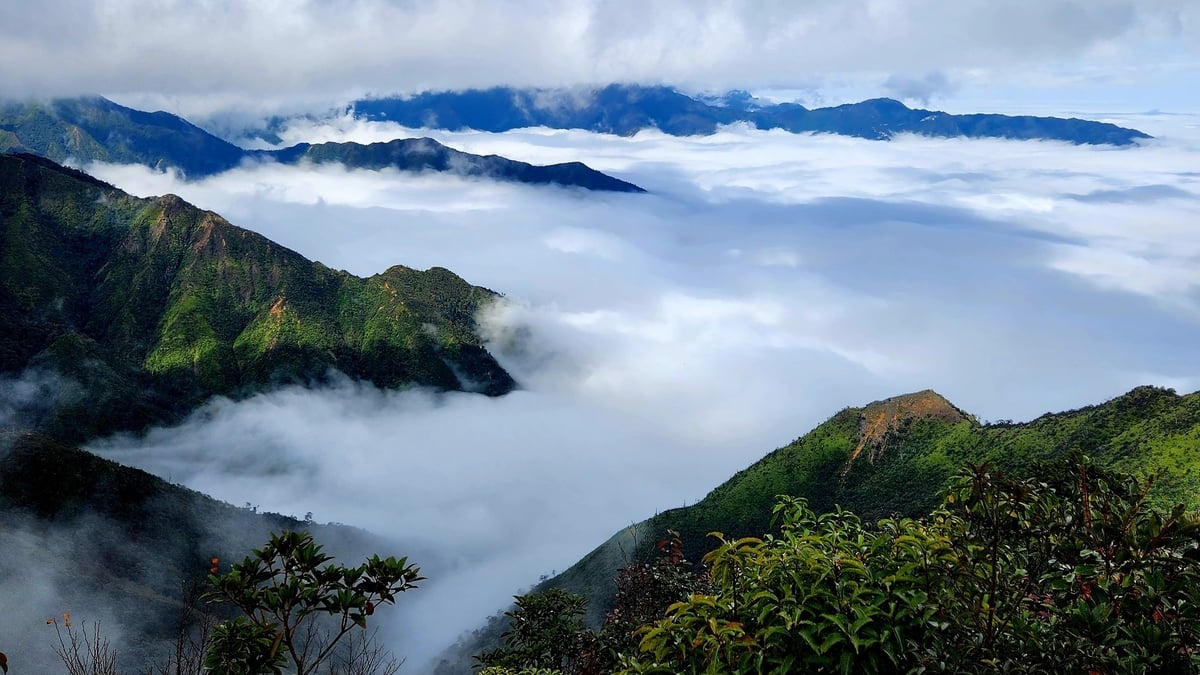



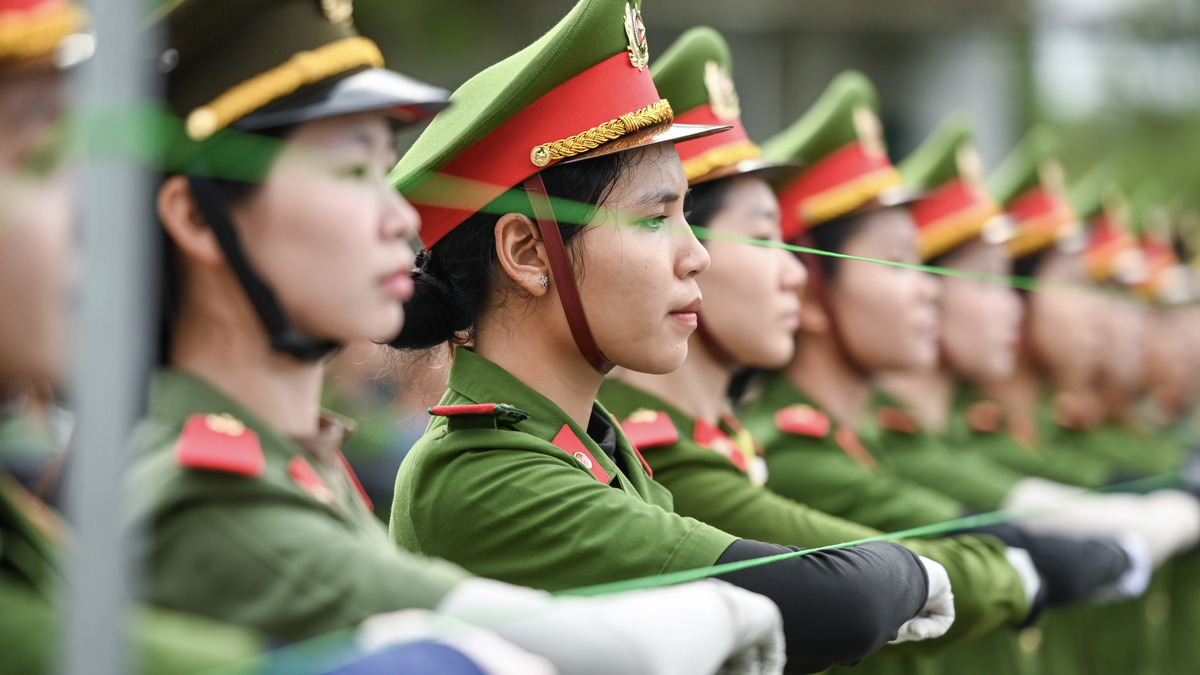

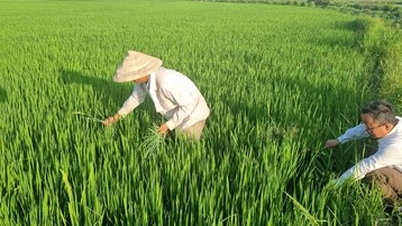
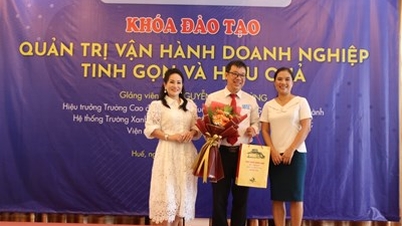
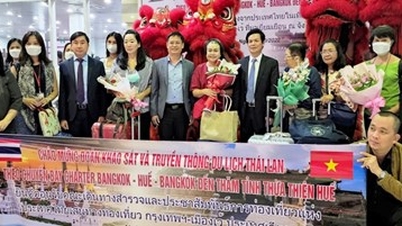
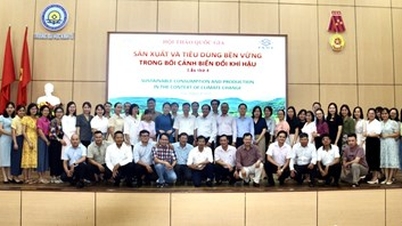
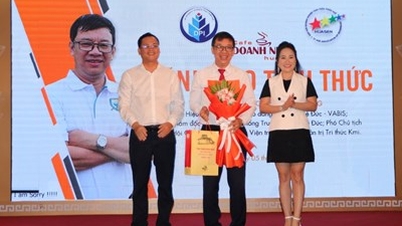





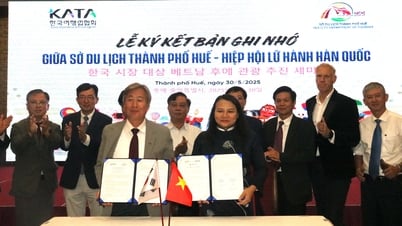
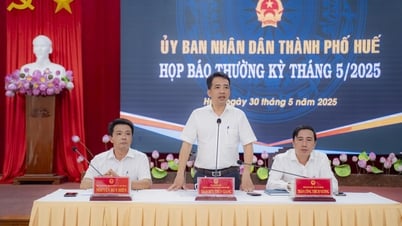
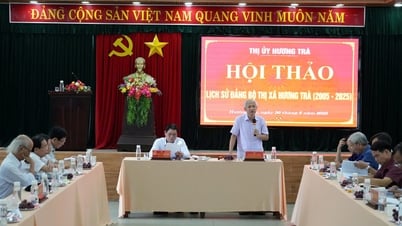
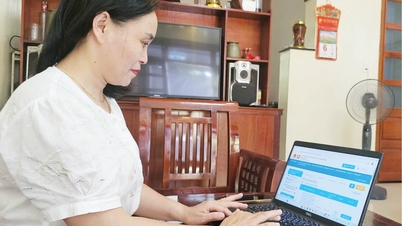



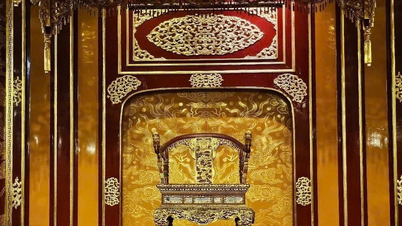

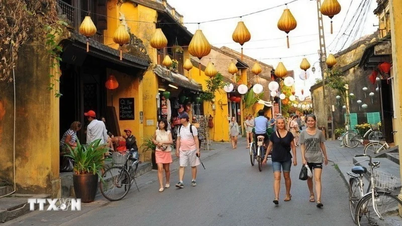

















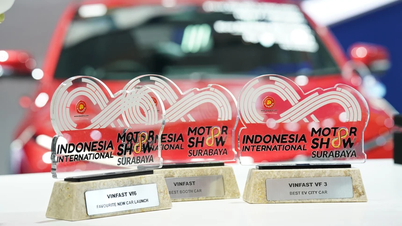






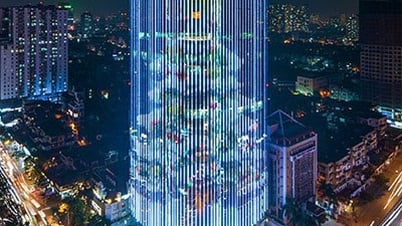


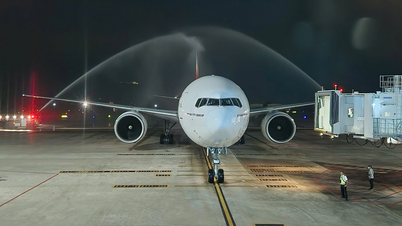




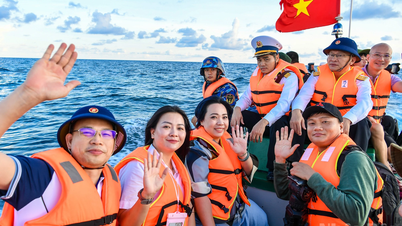
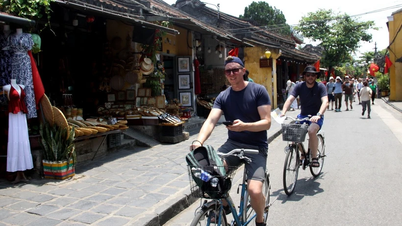
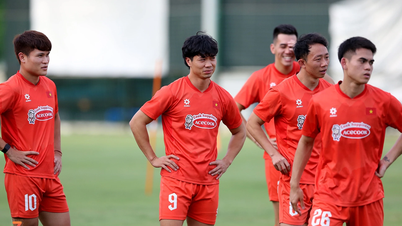
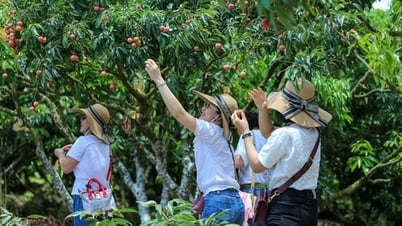
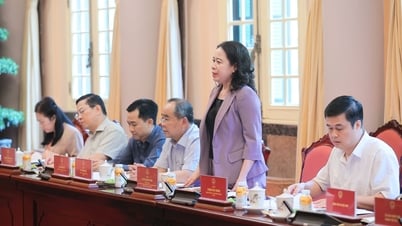

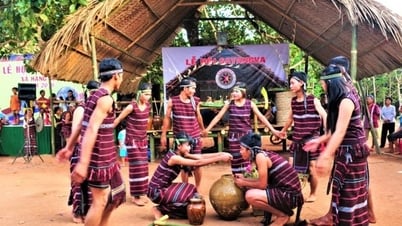
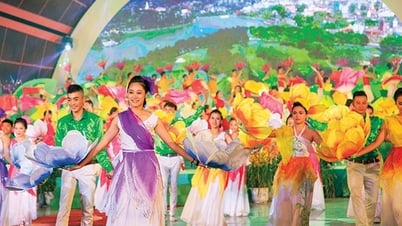


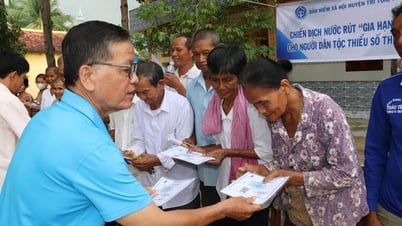

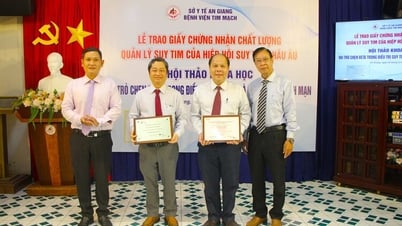
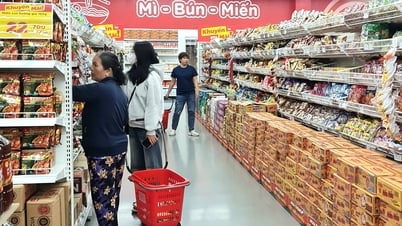
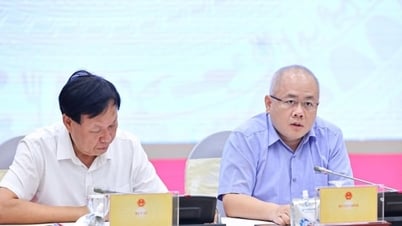

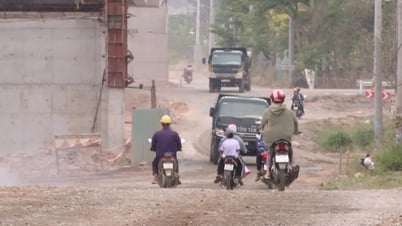






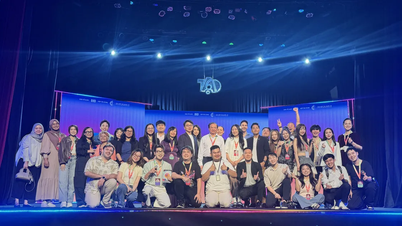

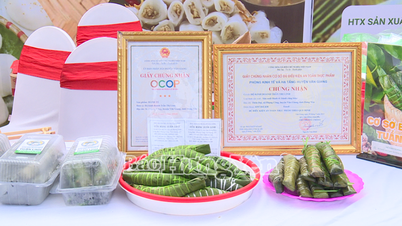

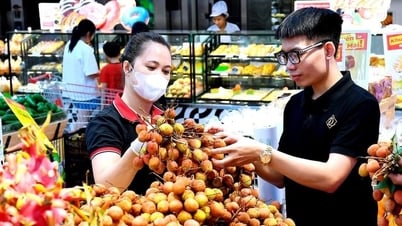

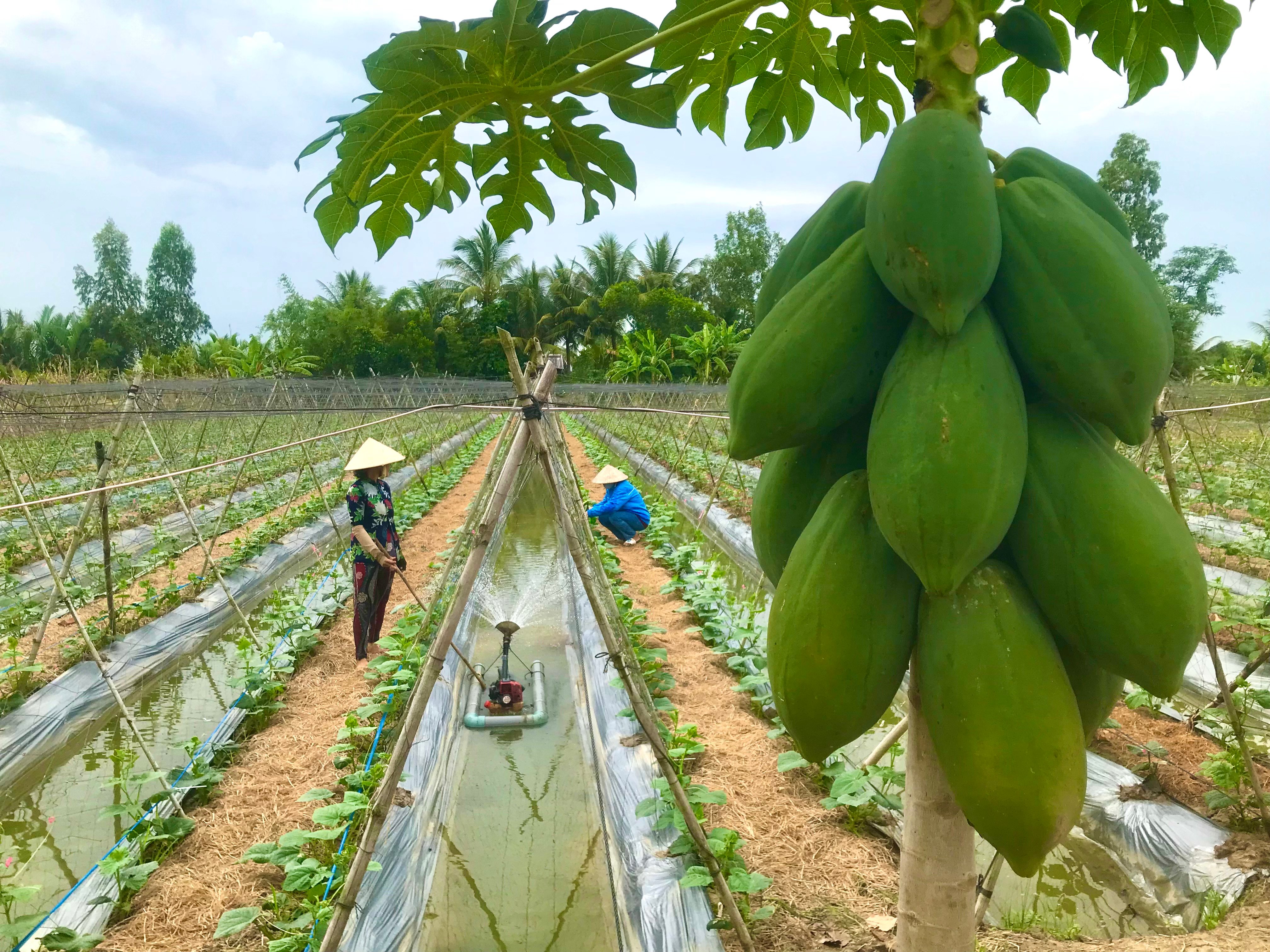
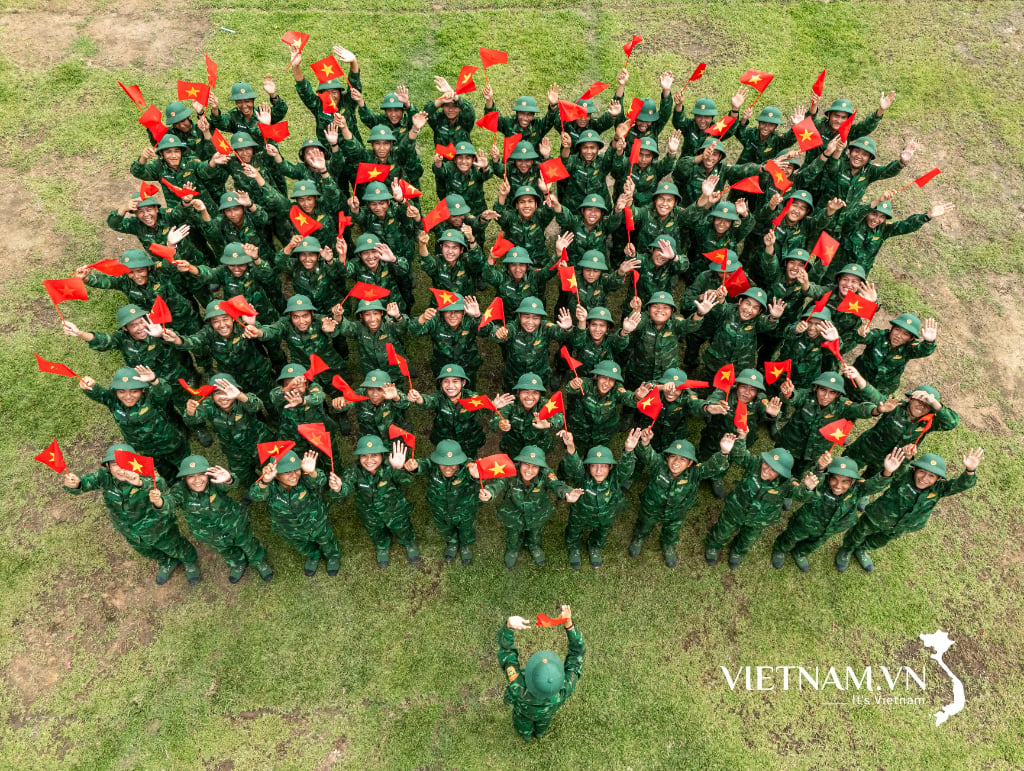


Comment (0)